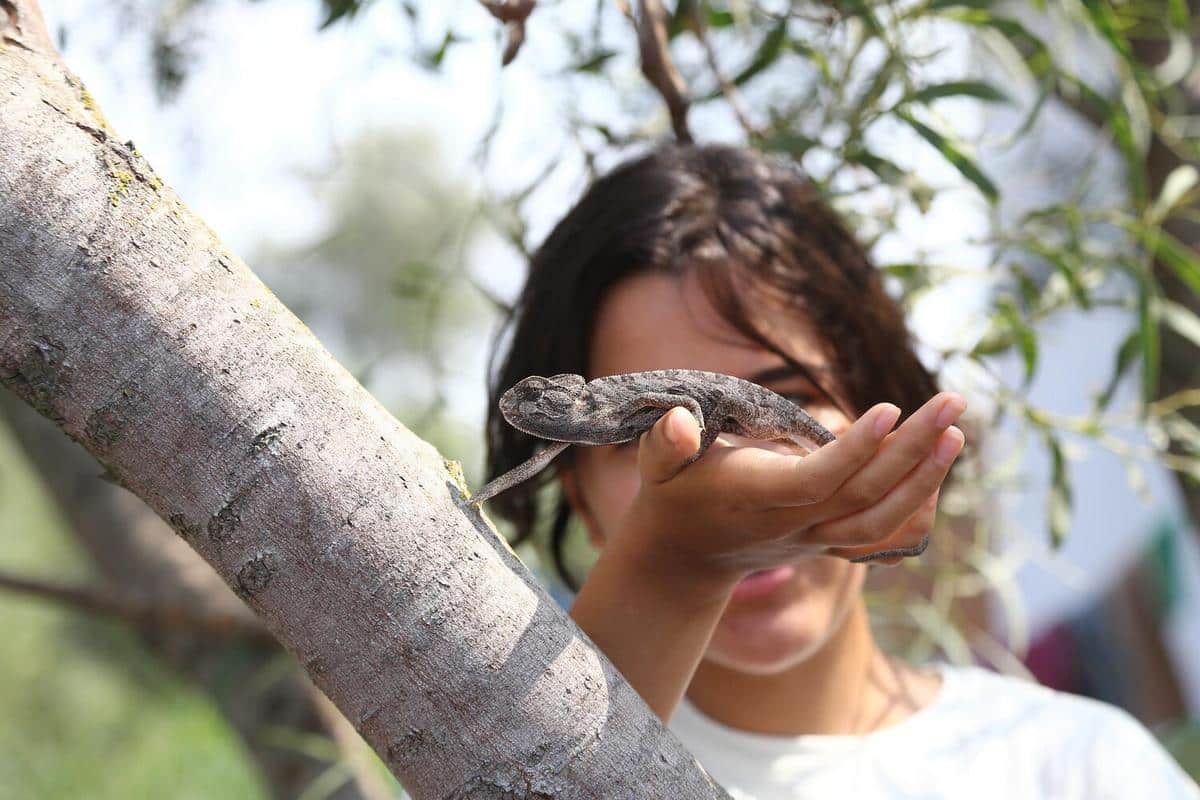
Innovative Conservation Strategies That Are Working Globally
Wildlife conservation is a global priority, with innovative strategies emerging across the world to protect our planet’s precious biodiversity. These efforts are vital not only for the preservation of species but also for maintaining ecological balance and supporting human livelihoods.
Exploring Innovative Strategies
Globally, conservationists are embracing new and creative approaches to tackle the challenges facing wildlife. According to Dr. Chris Sandbrook, a lecturer at the University of Cambridge, ‘The integration of technology and community involvement is proving to be a game-changer in conservation efforts.’ This sentiment is echoed by numerous experts who believe that collaboration and innovation are key to success.
Technology and Conservation
Technological advancements are making a significant impact. For instance, drones are used for monitoring wildlife populations and habitats without disturbing them. A study published by the ‘Journal of Conservation’ highlighted that drone surveillance has increased the accuracy of wildlife counts by 17% compared to traditional methods.
Community-Based Approaches
Community involvement is another cornerstone of effective conservation. Programs that empower local communities to manage and protect their natural resources have shown promising results. In Kenya, the community conservancy model has led to a remarkable resurgence in wildlife populations, including elephants and rhinos.
Examples of Successful Initiatives
- Rewilding Europe: This initiative focuses on restoring natural processes and reintroducing native species. It has successfully rewilded areas across Europe, leading to increased biodiversity and eco-tourism opportunities.
- Forest Stewardship Council (FSC): FSC certification ensures sustainable forest management, benefiting both wildlife and local communities by balancing ecological, social, and economic needs.
| Strategy | Region | Impact |
|---|---|---|
| Drones | Global | Improved wildlife monitoring |
| Community Conservancies | Kenya | Increased wildlife populations |
| Rewilding | Europe | Restored ecosystems |
| FSC Certification | Global | Sustainable forest management |
| Camera Traps | Amazon | Data collection on elusive species |
| Coral Restoration | Australia | Reef recovery |
| Urban Wildlife Corridors | USA | Reduced habitat fragmentation |
| Eco-Tourism | Global | Economic incentives for conservation |
Join local conservation groups or support initiatives that focus on community-based conservation to make a meaningful impact in your region.
Frequently Asked Questions
What is the role of technology in wildlife conservation?
Technology aids in monitoring, data collection, and enforcing anti-poaching measures, thereby enhancing conservation efforts.
How can individuals contribute to wildlife conservation?
Individuals can volunteer, donate to conservation organizations, or practice sustainable living to support wildlife conservation.
Conclusion
The innovative conservation strategies discussed here highlight the importance of technology, community involvement, and sustainable practices. By embracing these approaches, we can make significant strides in preserving the planet’s biodiversity. Let’s take action today by supporting conservation efforts and spreading awareness about the critical need for wildlife protection.


